A warning for the Steam Deck: Remember the Steam Machines | PC Gamer - gordonnothad86
A warning for the Steam Deck: Remember the Steam Machines
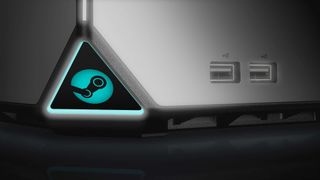
I'm sure it hasn't escaped your attention that Valve has announced its latest raid the Microcomputer hardware world, the Steam Deck. It's a handheld gaming PC, running its own version of the SteamOS, and is proving somewhat divisive among the Personal computer Gamer team. This isn't Valve's initiative ironware rodeo, however, equally the creator of Gordon Freeman and Steamer itself has as wel readily turned its hand to tech in recent times.
Admittedly to lesser operating theatre greater levels of success. Just let's be charitable and start with what Valve has excelled at: VR.
Valve Index
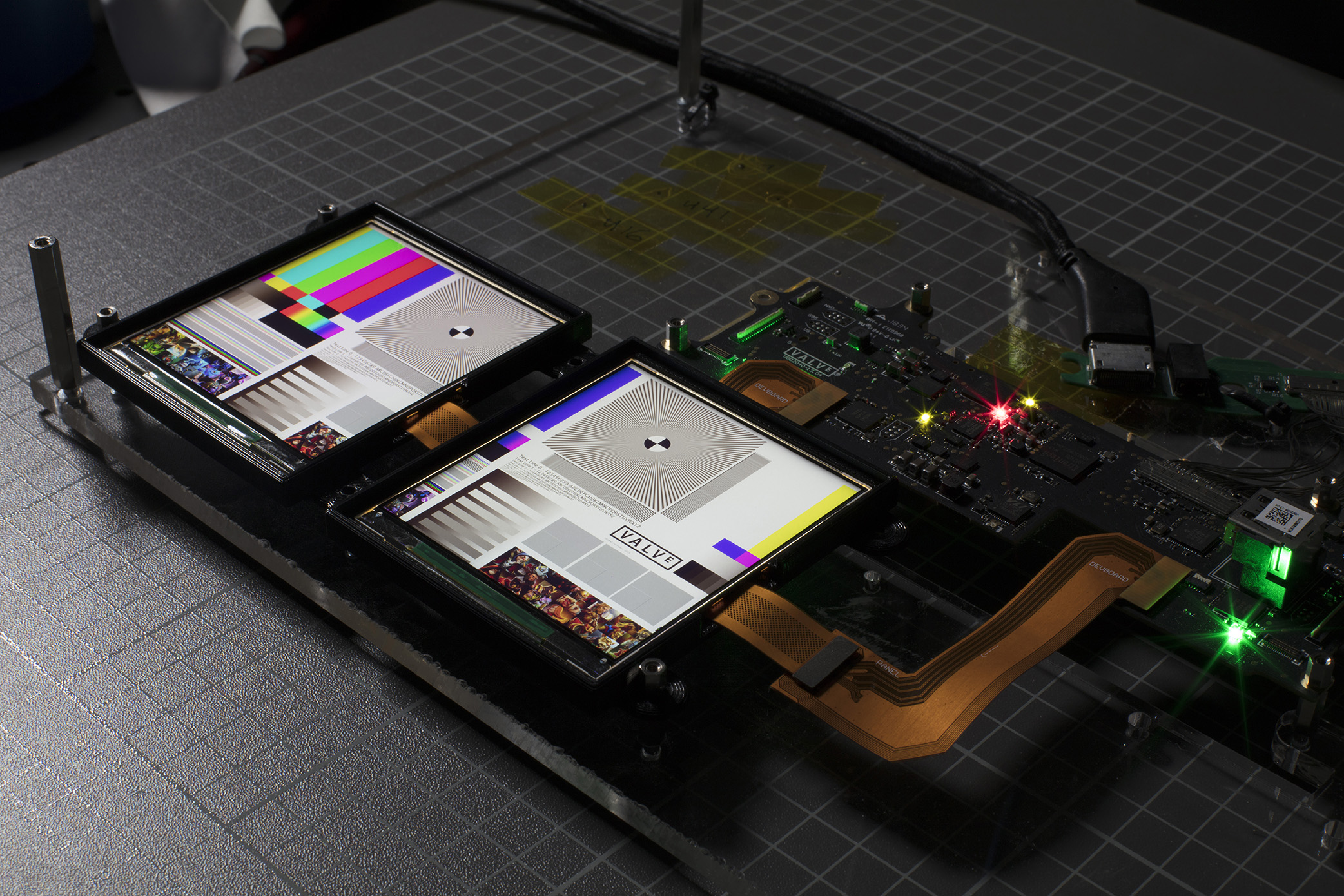
Valve Index
The Sunday-go-to-meeting examples of Valve American Samoa a hardware manufacturer are undoubtedly its virtual reality headsets. You might think about Oculus as the company which kicked it off, and may even rule the rest thanks to its affordable and versatile Quest 2, but if you want the absolute elevation of PC VR, it's the Valve Index you want.
The Index is a stunning second of kit. Attractively made, stout, well-adjustment, and visually stunning when its panels are plumb right ahead of your eyeballs. Trustworthy it's expensive, but it is also a perfect mix of VR ergonomics (essential for a tethered connection excursus) and style. And those knuckle controllers are just perfect too, tracking your fingers so beautifully without you even having to grip anything.
Even the audio frequency is dumbfounding. Those off-auricle personal speakers were initially a thing of derision until we in reality had the Index number on our heads, then it all made sense. Through and through some aural magic, the audio undergo is outstanding, without haemorrhage out into the wider room, or wrapping your ears in foam or Plutonium leather.
HTC Vive
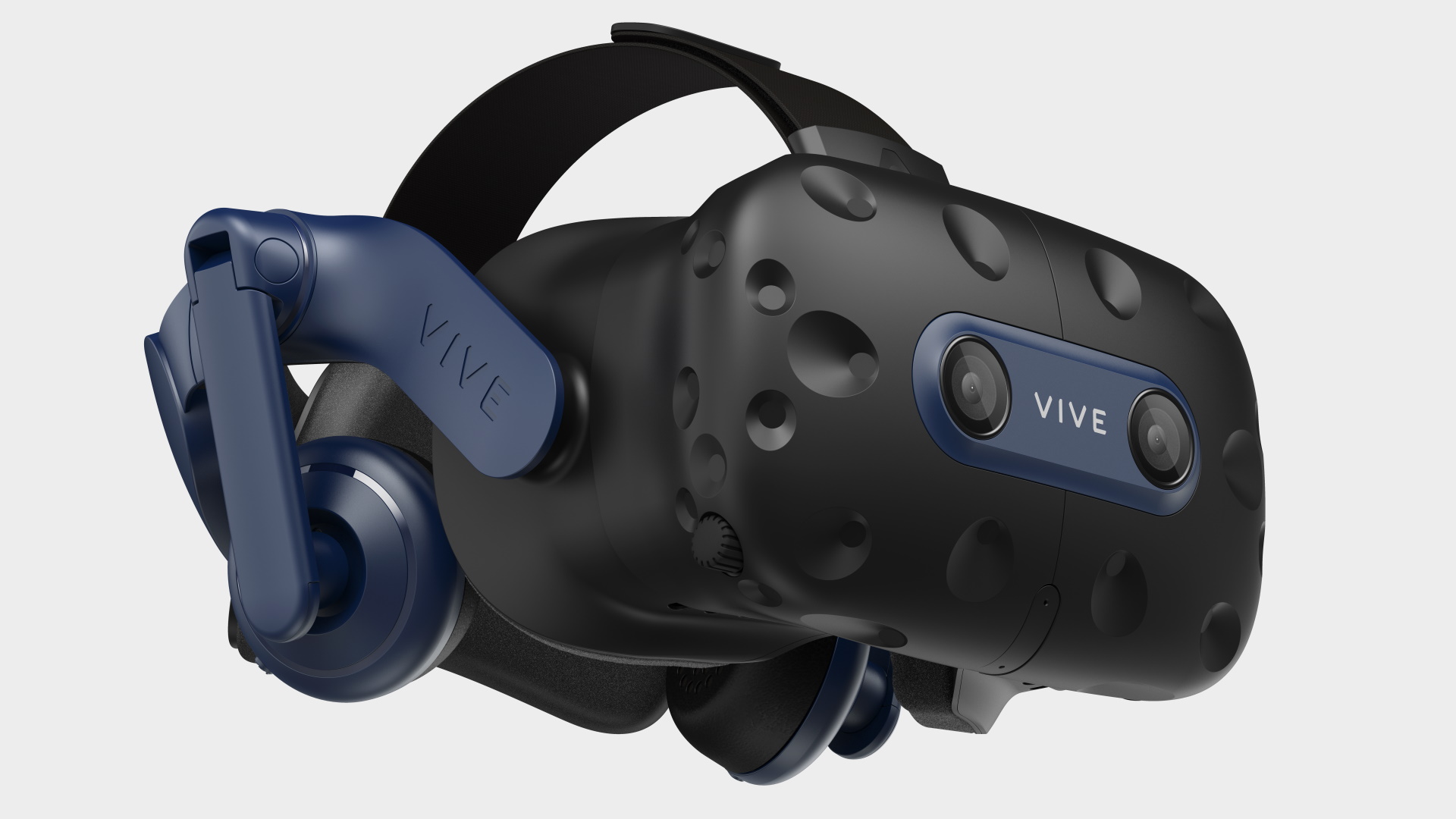
HTC Vive
The Vive was the beginning virtual reality headset Valve had a hand in. It was manufactured by HTC but used Valve's engineering science, after a long period of prototyping away Gabe's gang. And IT was a great high-oddment headset of the fourth dimension.
It was clunky and awkward to set up even so, but it delivered a great VR play experience and those first-gen controllers set the phase for the Index's unusual controllers.
Again, the full package was high-ticket, and made the Vive a precise niche product, fifty-fifty within such a niche market American Samoa virtual reality. But there's no denying that it was a very successful tack together of technical school work by Valve.
Steam Machines
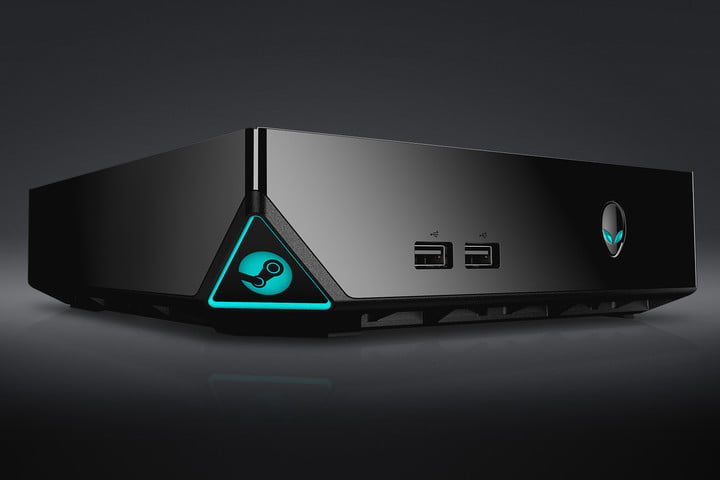
Steam Machines
And this is where things buy the farm unjust. The Deck is arguably the latest Steam Machine, but the underived ethos was for Valve to create the essential PC living room console table. Supported its possess ramify of the Debian Linux distro, the Steam Machines ran the first iteration of SteamOS. Well, more or less of them did.
Unfortunately, there was a drawn-out gap between the announcement and the final exam release of the commencement Steam clean Machines, and when Alienware eventually free its Alpha units they didn't actually come with SteamOS as IT wasn't seen as fit for human consumption just yet. But and so, neither did Falcon Northwest or Origin Personal computer.
The melodic theme was neat though. Have a simple gaming PC that sits below your Idiot box and boots straight off into SteamOS and Big Word picture Mode, thereby liberal you a sitting room solace that plays Microcomputer games. Unfortunately, the limitations of a SteamOS without the recent Proton compatibility innovations made for a living room console that wouldn't play 90% of the games already posing in your Steam library.
The Steam Machines realistically never got going and were far even from the Steam Store after a couple of years. Obviously part of the issue was that Linux was farthermost from ready for mainstream gambling acceptance, but also because Valve had to encourage the wider ecosystem first, garnering support from key manufacturers who struggled to see a return key on the investment they ready-made.
That's arguably why Valve has opted to name the Bedeck itself first, hoping that is what encourages other PC manufacturers to take the plunge with hand-held play PC sportsmanlike SteamOS 3.0, itself now based on a fork of a different Linux distro, Arch. Which means there's about nothing left of Steam Machines.
Except...
Steam clean Controller
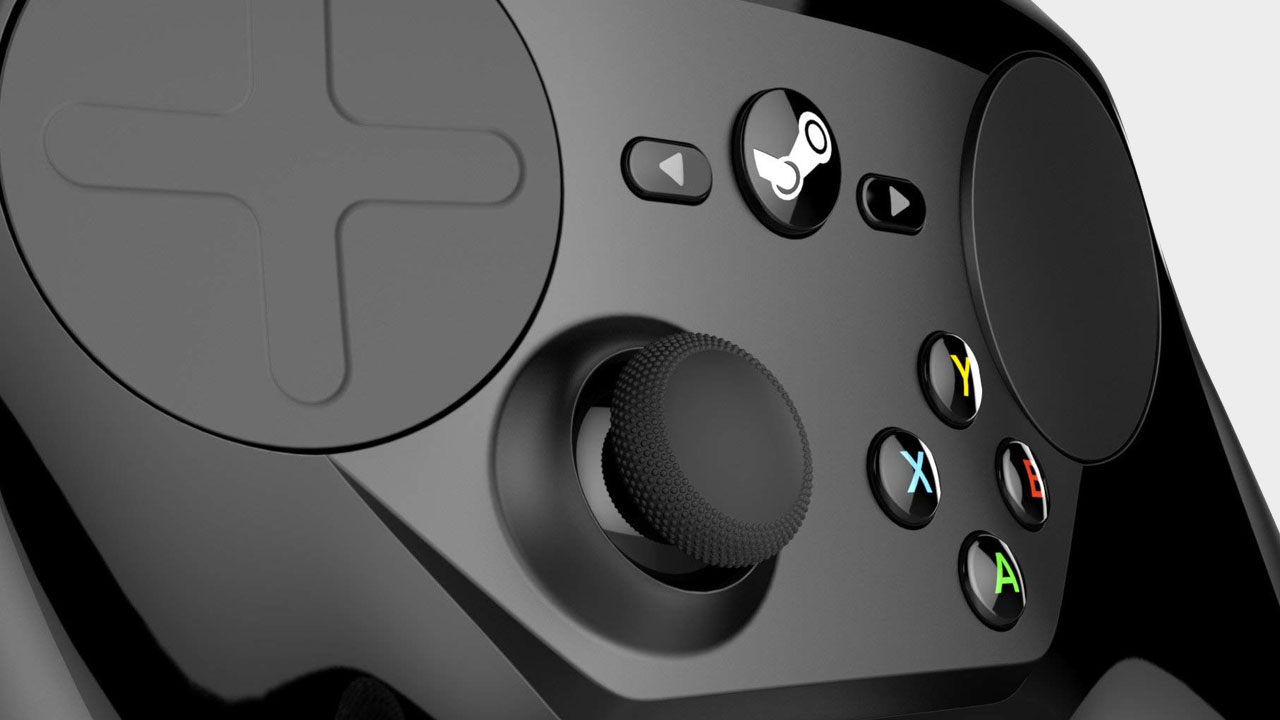
Steam clean Controller
Alongside the Steam Machines, Valve developed its own controller specifically fashioned for employ with PC games from the couch. I actually quite liked the prototype controller when I introductory tried it out at the pre-CES unveiling of the ordinal Steam clean Machines.
Unfortunately, the final dismissal of the gimmick felt very uttermost removed from my first experience with the Steam clean Restrainer. The idea of haptic thumbpads was innovative, and they have ready-made a return either side of the Deck's screen, but on a restrainer in the place of an actual analogue thumbstick was a step too far.
It meant there was a staggeringly steep acquisition curve to gaming with the new controller, which I could not get behind. Thither are many, who I'm careful will appear in the comments, who will defend the Steamer Controller and its thumbpads to the grave, claiming that you just need to 'git gud' and so you bequeath appreciate it.
But they'atomic number 75 wrongheaded.
It's not just the pads that make using the Steamer Controller a mostly unpleasant experience, the build quality feels like a sub-$10 Amazon joypad. It feels hollow, with poorly machined, sharp-edged plastic, and the release feel is really not my cup of tea, Earl Grey, hot.
Steam Link up
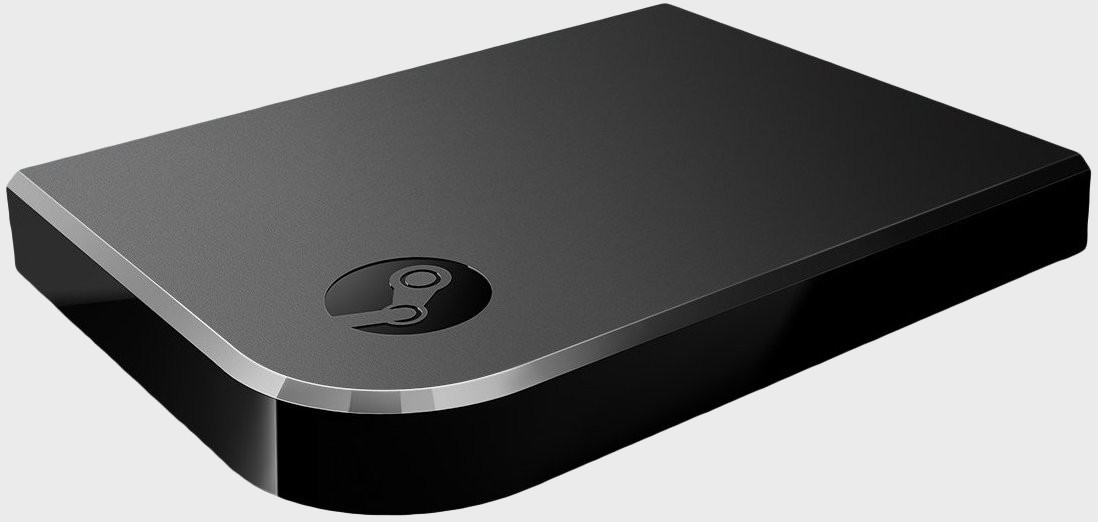
Steam Link
The Steam Link is something I'm genial of indecisive about. IT was a streaming box designed strictly to link busy a gaming PC and require the games into your living room via the power of your home mesh.
For a start, I don't remember it's good. The hardware itself is pretty poor; using many low-rent Andrew Marvell networking chip that struggled to be able to deliver the inputs from your restrainer at the same time American Samoa streaming anything above 720p from your gaming PC. I actually had a better experience with a bare Raspberry Sherloc board and Steam In-Home Streaming.
But IT was cheap. And that made IT a lot more than tasty than the oft-deferred Steam Machines, and meant existing PC gamers could essentially have that parlour PC solace experience without having to buy out a whole other PC.
The downside is that Nvidia made something out-of-the-way superior in the Shield. IT's a powerful streaming box, possibly the outdo Android-based box around, and makes streaming your gaming PC into your living room much easier, and better looking too. But it's more expensive and pocket-sized to the 70% of PC gamers WHO run Nvidia nontextual matter cards in their main rigs.
The Steamer Connection was out of print back in 2018, only the Shield is still going strong.
So, it's a little of a chequered history for Valve and its hardware experiments. On one hand you have the Index, which I love, and on the different the Steam Machine and Controller combo, which I have always loathed. Wish the Deck be many of one or the other?
Personally, I'm of the opinion that IT leave end up a lot the like the Index. Which is a great device as such, but of so much niche utility that few gamers you know will have one they use on the regular. The Deck looks wish it's a neat piece of raw hardware, I'm clean not convinced that it's got anything merely a very pocket-sized collection.
How very Microcomputer. How very Valve.
Source: https://www.pcgamer.com/valve-hardware-before-steam-deck/
Posted by: gordonnothad86.blogspot.com



0 Response to "A warning for the Steam Deck: Remember the Steam Machines | PC Gamer - gordonnothad86"
Post a Comment